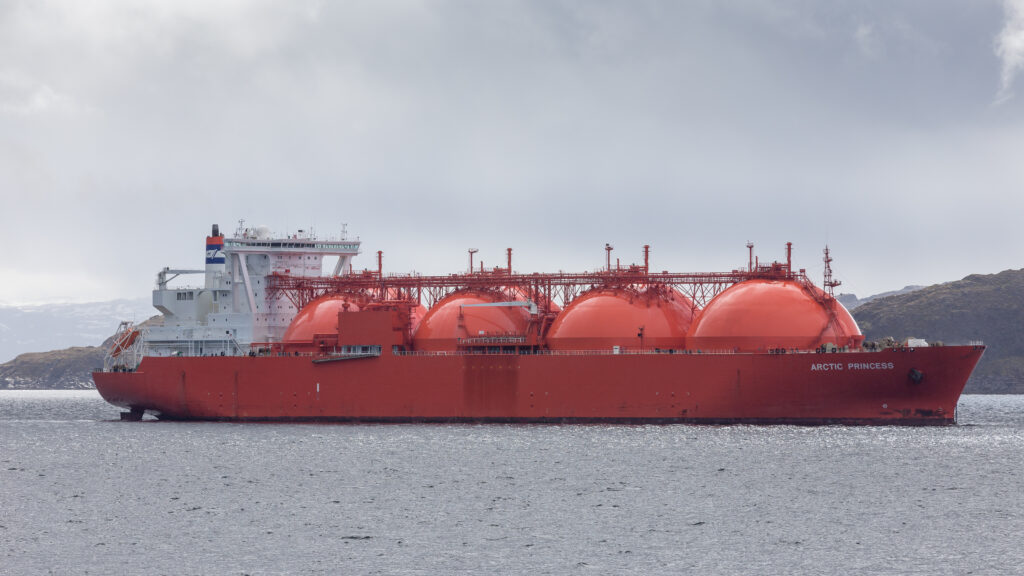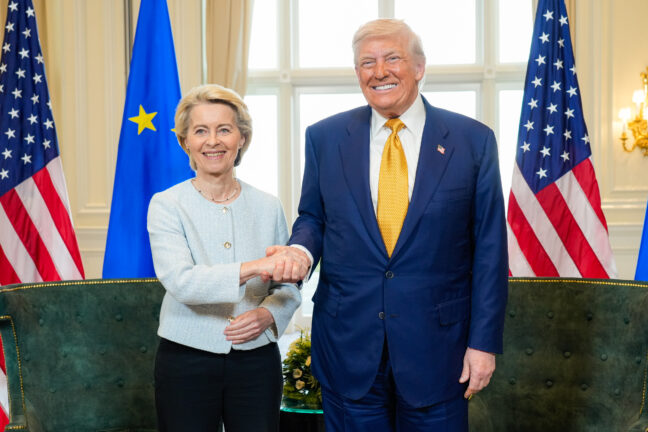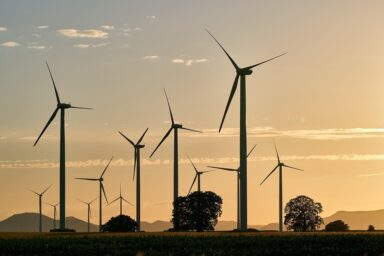The European Union has pledged on Sunday, 27 July, to buy $750bn worth of American energy as part of a fresh trade deal between the EU and the US. Achieving that goal, however, seems to be almost impossible, according to analysts. The Union can not legally compel private energy companies to prioritise US suppliers over other options. Major infrastructure bottlenecks are in the way, too.
“It is a huge deal creating certainty in uncertain times,” said European Commission President Ursula von der Leyen shortly after announcing the tariff agreement between the European Union and the United States on Sunday. Though 15 per cent tariffs levied on most EU’s exports to the US (with some exemptions) form the core of the deal, there are other provisions, too. Among them EU’s pledge to buy American oil, natural gas, and nuclear fuel over the next three years worth $750bn combined.
We are ready to go for those purchases (…) these numbers are achievable. – Maroš Šefčovič, Commissioner for trade
Though Maroš Šefčovič, Commissioner for trade said on Monday, 28 July, that “these numbers are achievable”, many experts are not convinced. Also statistical figures detailing energy exports/imports between EU and US in the past years do not fuel much optimism.
Little leverage
First, the European Union does not have the power to force private firms to buy huge amounts of American energy, let it be oil, gas, or nuclear fuel. Putting it simply, the EU is not a company. At the moment, many other potential suppliers around the world are available, some of them significantly cheaper than exports from the US. Norway’s cheap natural gas via pipeline is just one example of many.

Second, there is a problem of capacity on both sides of the Atlantic. Liquified natural gas (LNG) terminals in the US and in Europe are currently near full capacity and any short-term significant increase of deliveries is impossible. Plus there are long-term contracts with other suppliers like Qatar that further limit flexibility.
In terms of figures, to achieve the $750bn import target within three years, the EU would have to triple its American energy imports. In 2024, the EU spent some €375bn on energy imports, including only €76bn (roughly $89bn) imported from the US.
Following Juncker’s steps?
Many analysts say such a sharp increase in unrealistic. “These numbers are simply beyond the bounds of reason,” commented gas expert Laura Page, senior analyst at Kpler, a trade intelligence firm, with reference to the $750bn import target.
Such an increase of energy imports from the US is simply beyond the bounds of reason. – Laura Page, senior analyst, Kpler
Seen from the other side of the Atlantic, in 2024 the United States exported oil and gas worth only $166bn. In other words, Washington would have to redirect all energy exports to Europe and add a lot more. Again, that sounds like a sort of fantasy.
To many, Ms von der Leyen’s ‘promise’ to buy huge quantities of US energy is seen just as a move intended to appease President Trump. She is not the first one. Her predecessor Jean-Claude Juncker (served as Commission President from 2014 to 2019) made a very similar pledge to President Trump in 2018. That time it had worked. Soon after, Washington redirected its attention towards Russia and no one bothered whether the promises materialise or not.
You might be interested
It remains to be seen if history repeats itself.











